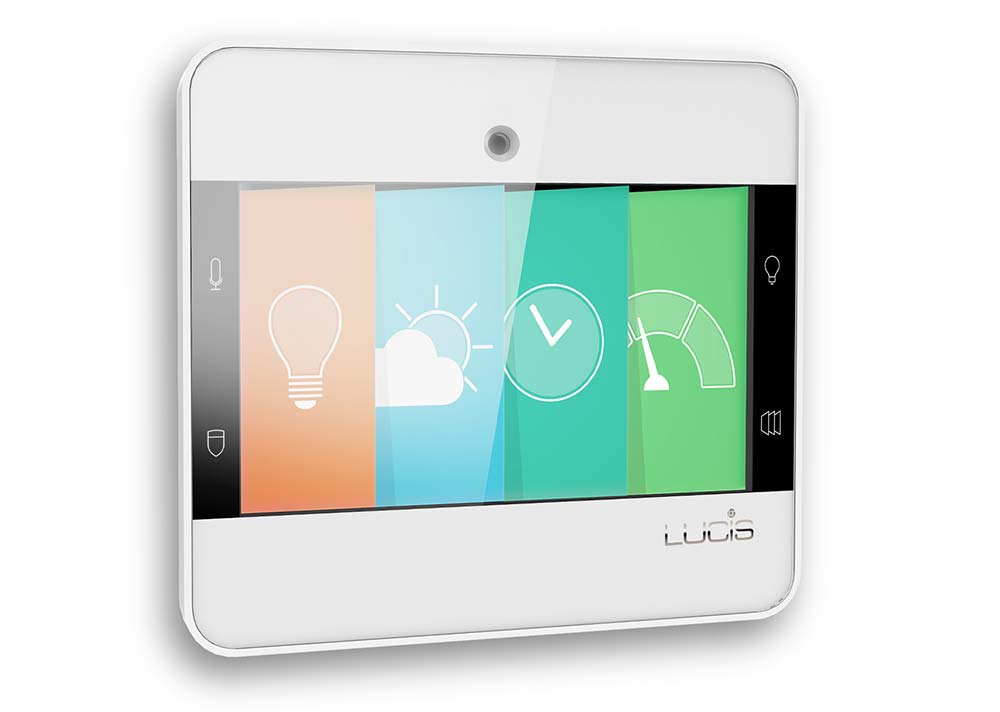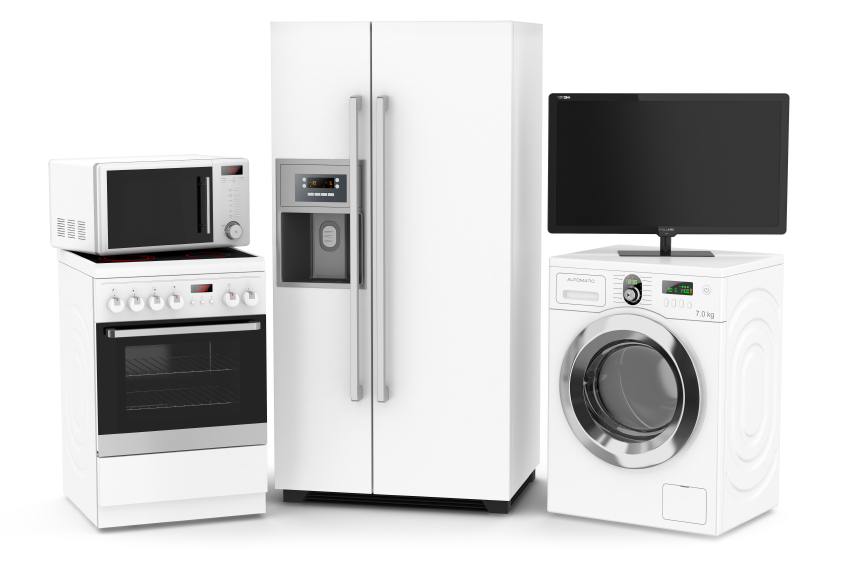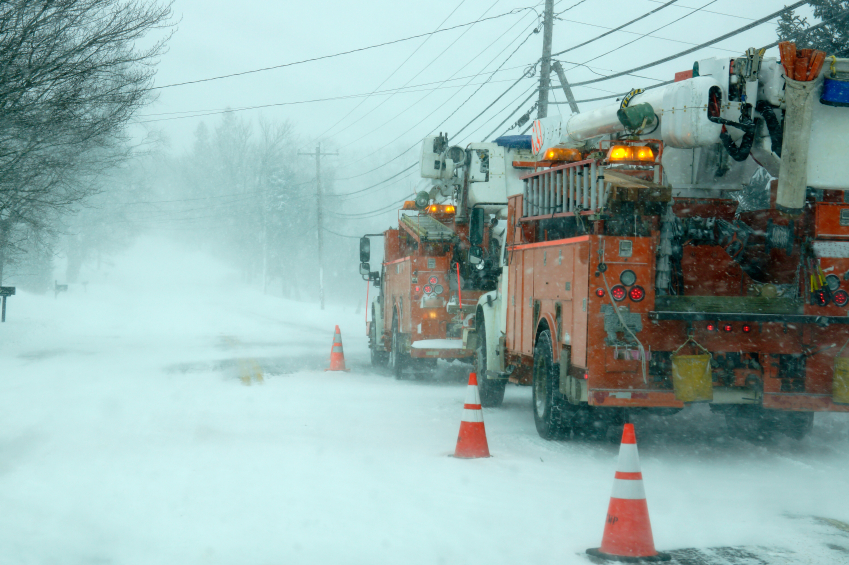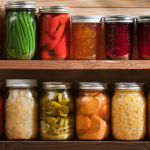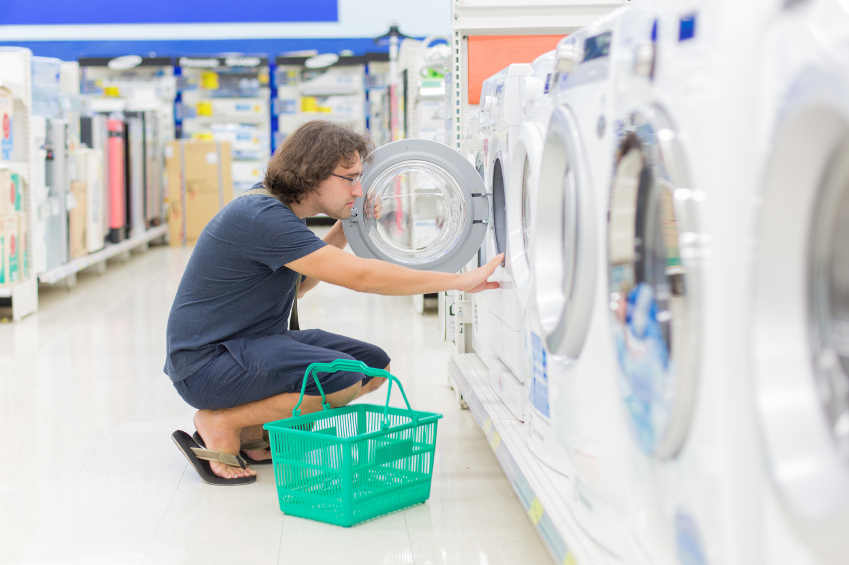The largest trade show in history, the 2015 International Consumer Electronics Show, recently took place in Las Vegas. Known as the “Global Stage for Innovation,” the event showcased more than more than 3,600 exhibitors in 2.2 million net square feet of exhibit space.
And while you might think of “consumer electronics” as being items like TVs, iDevices and the like, the show actually features innovations in far-reaching categories that include automotive electronics, personalized healthcare solutions, 3D printers, gaming, unmanned vehicles and much more. But every year there is a major emphasis on our favorite category — energy-efficient advances for the home.
Here are 10 energy-efficient upgrades that caught our eye.
- Delta Smart Green House: Built for the 2014 Solar Decathlon Europe competition, this cool model features a host of energy-efficient developments for the home of the future. We especially liked the Delta Breez Signature Series, which increases a bathroom’s ventilation by combining a virtually silent and energy-efficient brushless fan motor, LED light, adjustable humidity sensor and built-in motion sensor for automatic operation.
- DigitalStrom: This smart-home hub interacts with a Nest thermometer for its cues – for example, if Nest is trying to cool down the house, DigitalStrom will lower automated window shades to block out sunlight.
- NuBryte: This smart-lighting device from Lucis Technologies promises to learn your behavior, such as what time you tend to come home each day so it can welcome you with lights – without wasting electricity all day. Sensors can turn on the night light if you wake up to use the bathroom but switch on brighter lights during the day.
- Smart Vent: This device lets users remotely close heating and cooling vents in unused rooms, or rooms that tend to get excessively cool or hot to help save on your utility bill.
- SolPro: No outlet? No worries. This portable solar charger allows you to charge your smartphone and tablets out in the sun to earn a four-hour charge in 90 minutes.
- Technical Consumer Products LED smart home lighting systems: Color your world by combining Connected by TCP and ColorSpree with a smart device, to change the colors of your energy-efficient LED bulbs and sync them to music.
- Whirlpool® HybridCare™ Heat Pump Dryer: This smart dryer uses up to 73 percent less energy by regenerating energy during the drying cycle, using a refrigeration system to dry and recycle the same air.
- Honeywell wind turbine by Windtronics: Mount this turbine on your roof or a pole to start generating off-grid energy through wind power. Its optimum wind speed is 12 miles per hour to produce 15 percent of the energy your home needs.
- Ecobee Smart thermostat: Remotely control this thermostat with your smartphone or computer, and manage your heating or cooling by zone. It also integrates current weather information and offers detailed readouts on your energy use.
- The Wi-Fi-enabled Samsung A3050 wall-mounted air conditioner: The app allows you to monitor the temperature of rooms from anywhere, and monitors your unit’s energy usage including telling you when it’s time to clean the filter.
